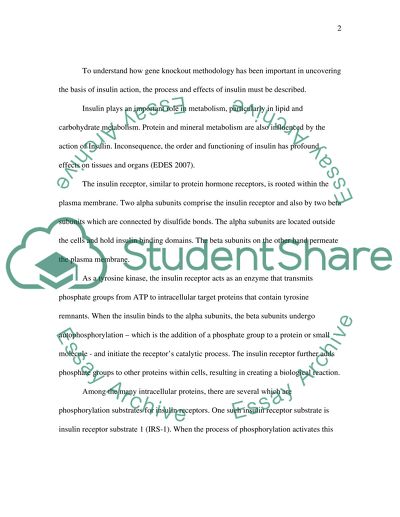Gene Knockout Methodology and Insulin Action Essay. Retrieved from https://studentshare.org/miscellaneous/1502847-gene-knockout-methodology-and-insulin-action
Gene Knockout Methodology and Insulin Action Essay. https://studentshare.org/miscellaneous/1502847-gene-knockout-methodology-and-insulin-action.


